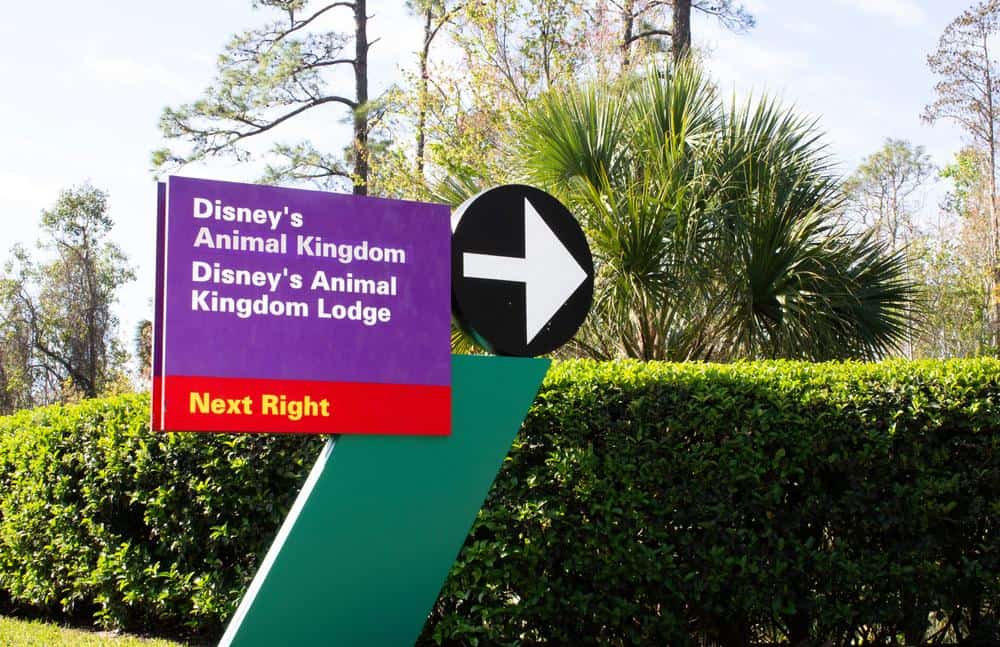
In the quest to understand the complexities of the animal kingdom, one question often arises: which is the smartest animal? The answer to this question is not as straightforward as one might think. Intelligence can be measured in various ways, and different animals excel in different aspects. Some of the most intelligent animals include chimpanzees, dolphins, elephants, orangutans, African grey parrots, and crows. However, determining the ‘smartest’ among them is a challenging task due to the different ways animals express their cognitive abilities.
Determining the smartest animal in the animal kingdom is complex due to the different ways animals express their cognitive abilities. However, some of the most intelligent animals are considered to be chimpanzees, dolphins, elephants, orangutans, African grey parrots, and crows. These animals demonstrate unique cognitive abilities such as advanced problem-solving, emotional intelligence, and self-awareness.
Criteria for Determining Animal Intelligence
Determining intelligence in animals is a complex task, and researchers use various criteria and tests to assess cognitive abilities. Some of the specific criteria used include problem-solving ability, habit reversal, social learning, responses to novelty, pointing test, and mirror test. Additionally, brain size has been found to be a reliable indicator of intelligence, with larger brains generally correlating with higher cognitive abilities.
Cognitive Abilities of the Smartest Animals
The smartest animals possess cognitive abilities that set them apart from others. These abilities include learning from experience, using knowledge to manipulate their surroundings, adapting to new situations, understanding and handling abstract concepts, problem-solving, emotional intelligence, and self-awareness.
For example, dolphins are known for their learning and mimicry skills, as well as their advanced cognitive abilities. Chimpanzees and orangutans, which share a significant portion of their DNA with humans, are capable of using tools and have complex social hierarchies. Elephants are known for their exceptional memory and problem-solving skills. African grey parrots have advanced language comprehension and mathematical abilities.
Brain Structure and Intelligence
The brain structure of the smartest animals in the animal kingdom is characterized by a large and highly complex neocortex, as well as unique brain circuitry and neuron-dense areas that contribute to their advanced cognitive abilities. For instance, elephants have a very large and highly complex neocortex, which they share with humans, apes, and certain dolphin species.
Role of Environment, Lifestyle, Genetics, and Upbringing
The environment and lifestyle of an animal play a crucial role in shaping its cognitive abilities. Harsh environments tend to promote the development of advanced cognitive skills, while captive environments and domestication may limit the development of such abilities.
Genetics provide the foundation for cognitive abilities, as seen in the close genetic relationship between humans and chimpanzees. Upbringing also plays a crucial role in the development of intelligence in animals. The environment and social interactions that animals experience during their upbringing can significantly impact their cognitive abilities.
Ethical Considerations in Studying Animal Intelligence
Studying animal intelligence raises several ethical considerations that researchers must address to ensure the welfare of the animals involved. These considerations include the moral status of animals, the 3Rs principle (Replacement, Reduction, and Refinement), cost-benefit analysis, ethical review, animal care and housing, minimizing harm, and transparency and education.
In conclusion, the question of the smartest animal in the animal kingdom is complex and multifaceted, with various animals demonstrating unique cognitive abilities. The understanding of animal intelligence continues to evolve, providing fascinating insights into the cognitive world of non-human animals.
Frequently Asked Questions
What is the Mirror Test?
The mirror test is a measure of self-awareness used in animal intelligence studies. It involves placing a mark on an animal in a place they can’t see without a mirror. If the animal looks in the mirror and tries to touch or remove the mark, it is considered to have self-awareness.
What is the 3Rs principle in animal research?
The 3Rs principle stands for Replacement, Reduction, and Refinement. It is a guideline for ethical animal research. ‘Replacement’ refers to methods that avoid or replace the use of animals. ‘Reduction’ involves strategies to minimize the number of animals used. ‘Refinement’ refers to techniques that minimize animal suffering and improve animal welfare.
Can animals be taught human language?
While animals cannot fully comprehend or use human language, some species, like African grey parrots and apes, have been trained to understand and use a basic form of sign language or symbols to communicate with humans.
How does brain size correlate with intelligence?
Larger brain size often correlates with higher cognitive abilities. However, it’s not just the size, but the structure and complexity of the brain that plays a significant role in determining an animal’s intelligence.
What is meant by ‘habit reversal’ in measuring animal intelligence?
Habit reversal refers to an animal’s ability to change its behavior in response to changes in its environment. It’s a measure of flexibility and adaptability, which are key components of intelligence.










